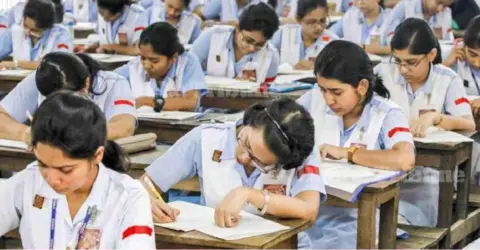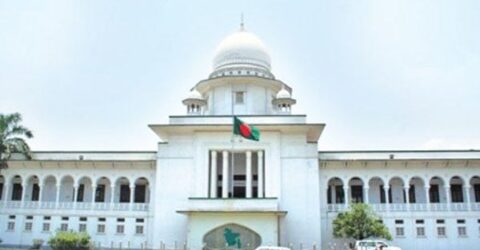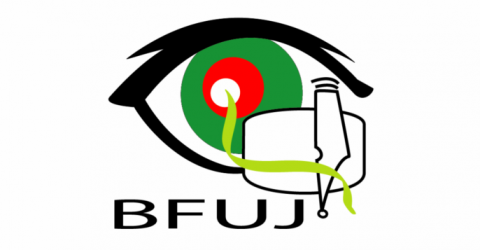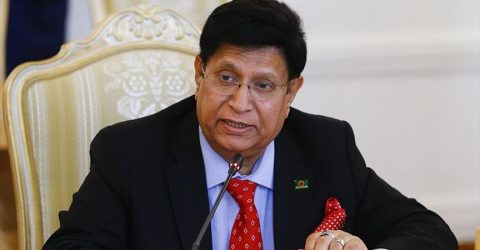
Safiqul Islam (Jami)
Prices of all types of rice have been rising. As a result the middle class families are suffering. The price of coarse rice has also gone up along with the daily necessities. The people of the lower income class are also in great danger. They are struggling to make ends meet. Now the price of coarse rice has reached 50 TK per kg. In this situation, a class of ordinary consumers is relying on the government’s open market sales (OMS) activities.
However, despite the government having adequate stocks of rice, it is not reaching most of the consumers due to the weakness of the distribution system.
On the way east from Rampura, Nabinbagh (Sepahibagh area) is inhabited by many low-income people. In the afternoon, a man named Suruj Miah came to a small grocery store and inquired about the price of thick rice.
The shopkeeper replied, BDT 50. The shopkeeper said after the burgain of Suruj Miah to reduce the price a bit; ‘Eat OMS rice. You will get it for BDT 30 in the morning.’ It is very difficult to raise 100 TK for this. As a result, he skips meals once or twice a week.
Many family members like Suruj Miah cannot even buy and eat thick rice of OMS provided by the government at BDT 30 per kg. When asked about the reason, he said, “I drive a rickshaw. My wife works in a hotel on a contract basis.” When you go to buy rice from OMS trucks, it takes half a day because of the long queues behind the truck. If you want to save some money, you will not earn one day. So they don’t buy. This situation may not be the image of the whole city or the country.
However, most marginalized people are under pressure due to the high price of rice. Especially working people like day laborers, rickshaw pullers, and van drivers suffer more.
According to some lower income people living in the capital, rice is now the second highest expenditure in their family. That is growing faster than other costs. Ekhlasur Rahman, a bicycle maker, calculates the increase in household expenses, saying that it costs him TK 2,000 a month to buy rice, and 2,800 TK for a house rent. In the last five years, the rent of that house has increased by 300 TK. And the price of rice has increased by more than 500 TK per 40 kg.
According to the Bureau of Statistics and the Ministry of Food, the average price of rice in the country was below Rs 40 in the 2016-17 financial years and 10 years ago in 2011-12 it was 33.20 TK. 15 years ago, in 2006-07, it was 18.77 TK.
On the ground, Azimpur, New Market, Hatirpul, Rampura, Malibagh, Shantinagar and Segunbagicha markets of the capital can be seen the coarse rice (sorna-5 and Guti sorna) is selling 50-52 TK per kg. The price of medium quality (miniket and shampa katari) rice is 62 to 66 TK. Fine rice (Nazirshail and Jirashail) is being sold at a higher price than this, which is being kept at Rs. 68 to 72 per kg.
However, wholesalers in Kawranabazar and Babubazar said that the prices of this rice are declining as the supply of Aman season paddy sorna and guti sorna has increased in the market. But there was no sign of reduction in the price of this coarse rice in the retail market.Meanwhile, the government has also tried to control the price of rice. Though there are always questions about its benefits. The government has significantly increased the sales of rice under the OMS system in the current 2021-22 financial year. According to the Food Ministry, 2,32,620 tons of rice was sold through OMS from July 1 to December 23. That is four times more than the same period of last year.
Due to OMS, the price of rice for the poor people is a bit stable, but the food secretary Moshammat Nazmanara Khanum said, there is no doubt that people are getting the benefits. Lots of people are buying rice at low prices. In the overall market, the price has come down a bit. Otherwise it could have increased.




